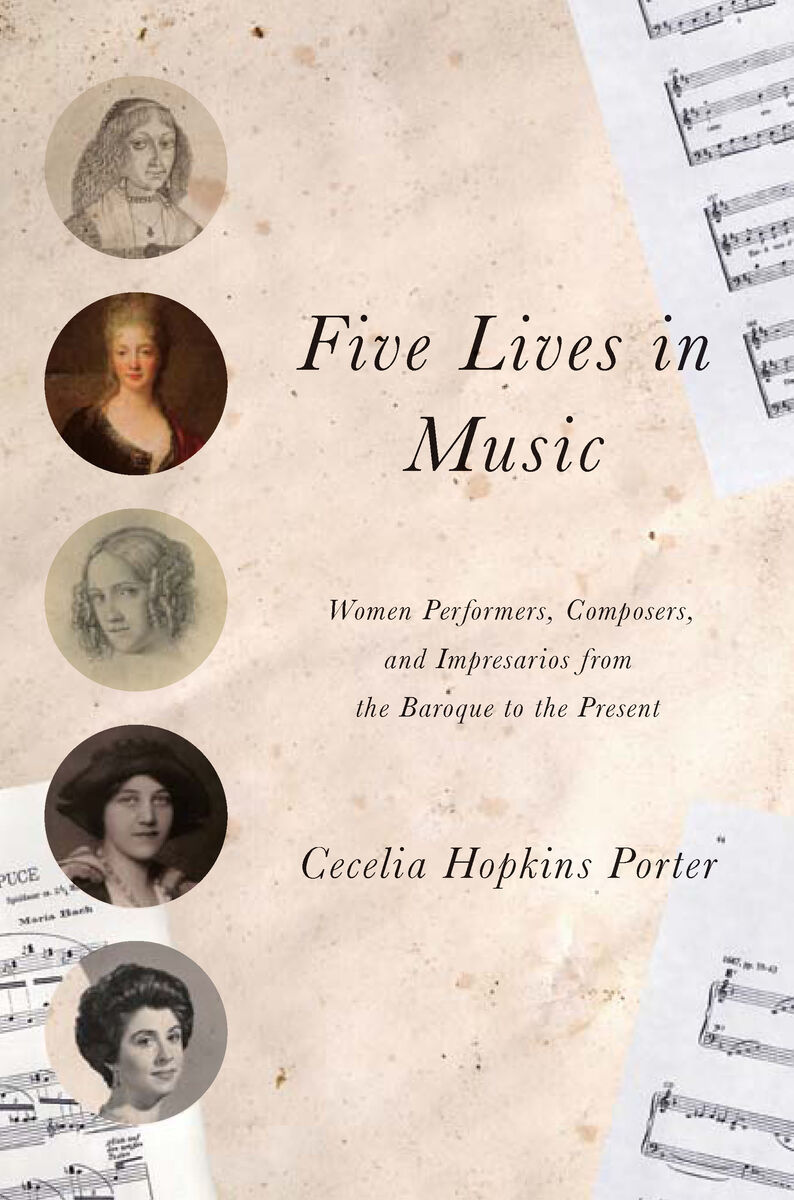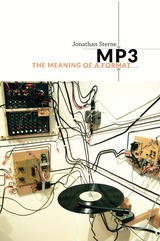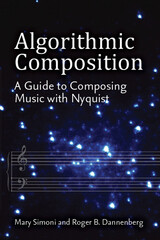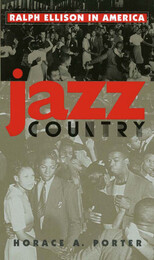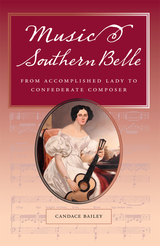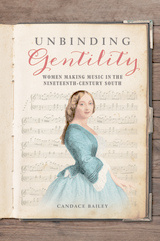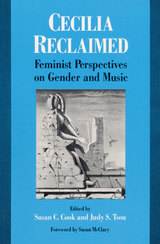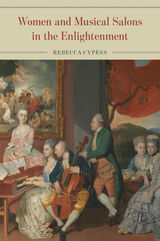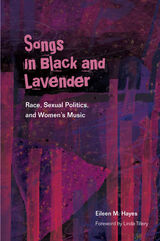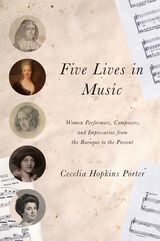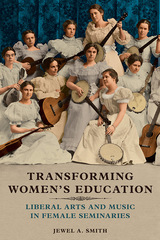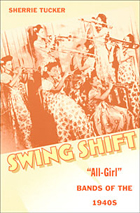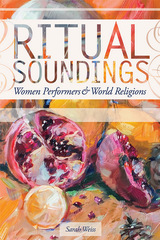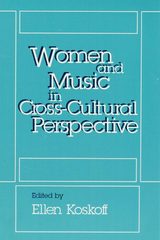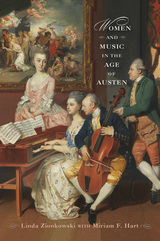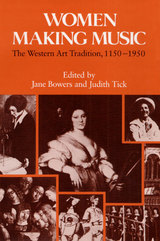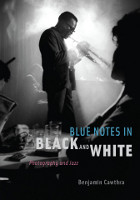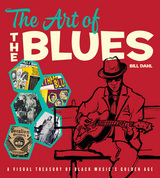Cloth: 978-0-252-03701-6 | Paper: 978-0-252-08009-8 | eISBN: 978-0-252-09413-2
Library of Congress Classification ML82.P675 2012
Dewey Decimal Classification 780.9252
Representing a historical cross-section of performance and training in Western music since the seventeenth century, Five Lives in Music brings to light the private and performance lives of five remarkable women musicians and composers. Elegantly guiding readers through the Thirty Years War in central Europe, elite courts in Germany, urban salons in Paris, Nazi control of Germany and Austria, and American musical life today, as well as personal experiences of marriage, motherhood, and widowhood, Cecelia Hopkins Porter provides valuable insights into the culture in which each woman was active.
Mining musical autographs, unpublished letters and press reviews, interviews, and music archives in the United States and Europe, Porter probes each musician's social and economic status, her education and musical training, the cultural expectations within the traditions and restrictions of each woman's society, and other factors. Throughout the lively and focused portraits of these five women, Porter finds common threads, both personal and contextual, that extend to a larger discussion of the lives and careers of female composers and performers throughout centuries of music history.
See other books on: 1939- | Composers | Musicians | Present | Women musicians
See other titles from University of Illinois Press
